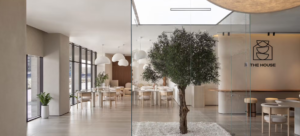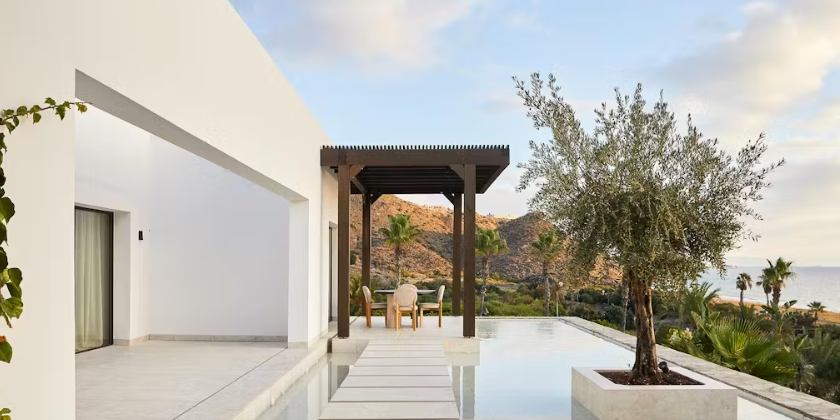The Silestone Institute, committed to the development of sustainable solutions in architecture and interior design, shares how bioclimatic architecture becomes the ideal way to build efficient, environmentally friendly homes adapted to today’s needs for sustainability and energy savings.
Bioclimatic architecture allows us to create sustainable homes that optimize natural energy and reduce energy consumption, integrating design, nature and energy savings through environmental conditions and the natural climate. Incorporating this architectural trend in your home not only contributes to reducing energy and water consumption, but also promotes social well-being and improves quality of life.
Efficient design
Bioclimatic design manages to combine aesthetics and efficiency, creating comfortable and at the same time environmentally friendly environments.
This intelligent design considers factors such as the orientation of buildings to take advantage of sunlight or air flow, keeping your home naturally lit and ventilated. The correct positioning of windows and communal areas to maximize natural light and improve ventilation is key, thus reducing the need for artificial lighting and heating. The use of natural and thermally efficient materials, such as stone or adobe, also contributes to indoor temperature regulation, achieving cooler environments in summer and warmer ones in winter.
Nature as an ally
Bioclimatic architecture promotes a more environmentally friendly lifestyle that contributes to the reduction of the carbon footprint of buildings, encouraging sustainable habits both in the construction of buildings and in everyday household habits. By using local materials and less aggressive construction techniques, the environmental impact is reduced, and the sustainable life cycle is promoted. In addition, these designs also help to reduce noise pollution by including thick walls and outdoor vegetation, creating spaces of greater comfort and tranquility.
Energy savings
Energy efficiency using renewable energy sources, such as the integration of small solar panels or wind energy systems, creates self-sufficient buildings that reduce energy consumption and contribute to reducing environmental impact. These systems are a long-term economic option that promotes the use of natural resources for the well-being of the home.
With initiatives such as bioclimatic architecture, the Silestone Institute continues to promote positive change in the construction sector, showing how design can and should be in harmony with the environment. Committing to these trends not only means an improvement in the quality of the environment, but also a better.

